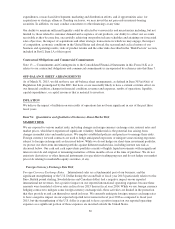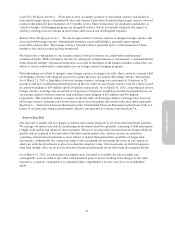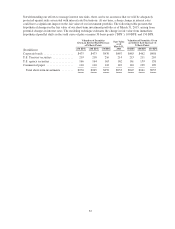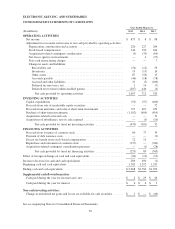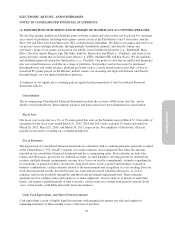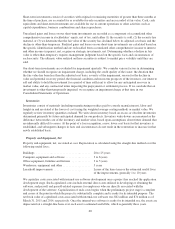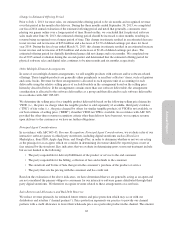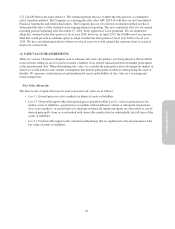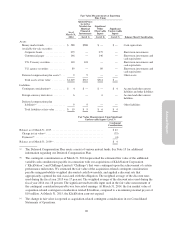Electronic Arts 2015 Annual Report Download - page 129
Download and view the complete annual report
Please find page 129 of the 2015 Electronic Arts annual report below. You can navigate through the pages in the report by either clicking on the pages listed below, or by using the keyword search tool below to find specific information within the annual report.
Annual Report
ELECTRONIC ARTS INC. AND SUBSIDIARIES
NOTES TO CONSOLIDATED FINANCIAL STATEMENTS
(1) DESCRIPTION OF BUSINESS AND SUMMARY OF SIGNIFICANT ACCOUNTING POLICIES
We develop, market, publish and distribute game software content and services that can be played by consumers
on a variety of platforms, including video game consoles (such as the PlayStation 3 and 4 from Sony, and the
Xbox 360 and Xbox One from Microsoft), PCs, mobile phones and tablets. We deliver our games and services to
our players across multiple platforms, through multiple distribution channels, and directly (online and
wirelessly). Some of our games are based on our wholly-owned intellectual property (e.g., Battlefield, Mass
Effect, Need for Speed, Dragon Age, The Sims, SimCity, Bejeweled, and Plants vs. Zombies), and some of our
games leverage content that we license from others (e.g., FIFA, Madden NFL and Star Wars). We also publish
and distribute games developed by third parties (e.g.,Titanfall). Our goal is to develop our intellectual properties
into year-round businesses available on a range of platforms. Our products and services may be purchased
through physical and online retailers, platform providers such as console manufacturers, providers of free-to-
download PC games played on the Internet, mobile carriers via streaming and digital downloads, and directly
through Origin, our own digital distribution platform.
A summary of our significant accounting policies applied in the preparation of our Consolidated Financial
Statements follows:
Consolidation
The accompanying Consolidated Financial Statements include the accounts of Electronic Arts Inc. and its
wholly-owned subsidiaries. Intercompany balances and transactions have been eliminated in consolidation.
Fiscal Year
Our fiscal year is reported on a 52- or 53-week period that ends on the Saturday nearest March 31. Our results of
operations for the fiscal years ended March 31, 2015, 2014 and 2013 each contained 52 weeks and ended on
March 28, 2015, March 29, 2014, and March 30, 2013, respectively. For simplicity of disclosure, all fiscal
periods are referred to as ending on a calendar month-end.
Use of Estimates
The preparation of consolidated financial statements in conformity with accounting principles generally accepted
in the United States (“U.S. GAAP”) requires us to make estimates and assumptions that affect the amounts
reported in our consolidated financial statements and the accompanying notes. Such estimates include sales
returns and allowances, provisions for doubtful accounts, accrued liabilities, offering periods for deferred net
revenue, multiple-element arrangements, income taxes, losses on royalty commitments, estimates regarding the
recoverability of prepaid royalties, inventories, long-lived assets, assets acquired and liabilities assumed in
business combinations, certain estimates related to the measurement and recognition of costs resulting from our
stock-based payment awards, deferred income tax assets and associated valuation allowances, as well as
estimates used in our goodwill, intangibles and short-term investment impairment tests. These estimates
generally involve complex issues and require us to make judgments, involve analysis of historical and future
trends, can require extended periods of time to resolve, and are subject to change from period to period. In all
cases, actual results could differ materially from our estimates.
Cash, Cash Equivalents, and Short-Term Investments
Cash equivalents consist of highly liquid investments with insignificant interest rate risk and original or
remaining maturities of three months or less at the time of purchase.
59



